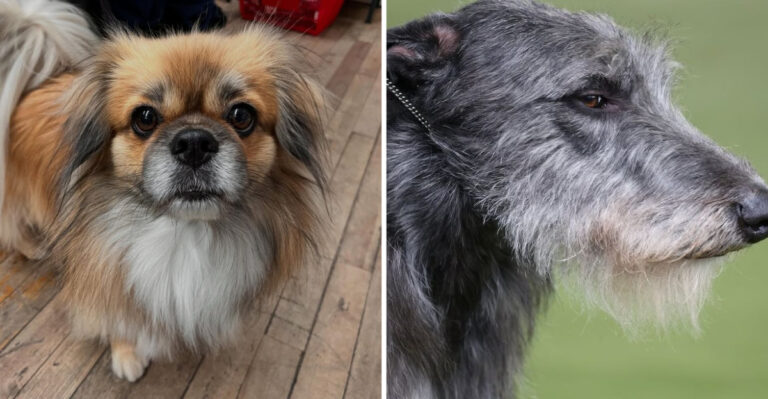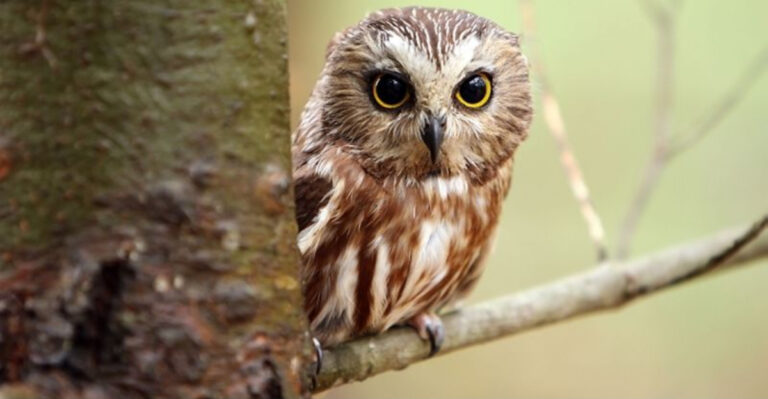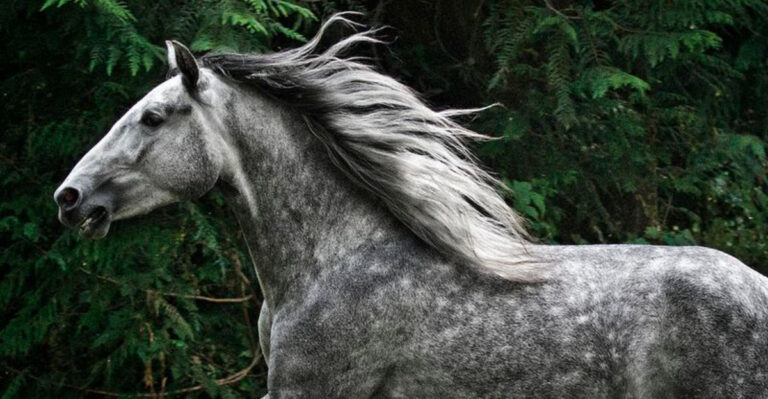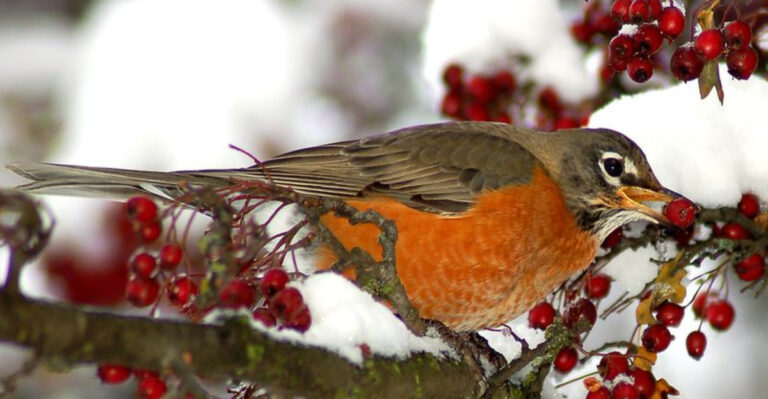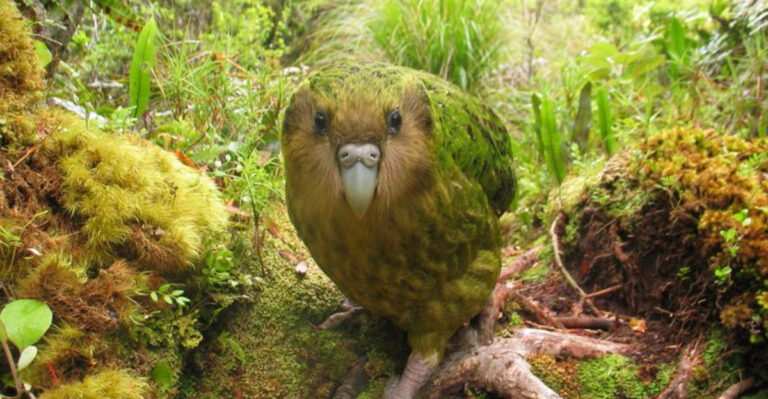8 Incredibly Tiny Animals That Can Fit Right In The Palm Of Your Hand
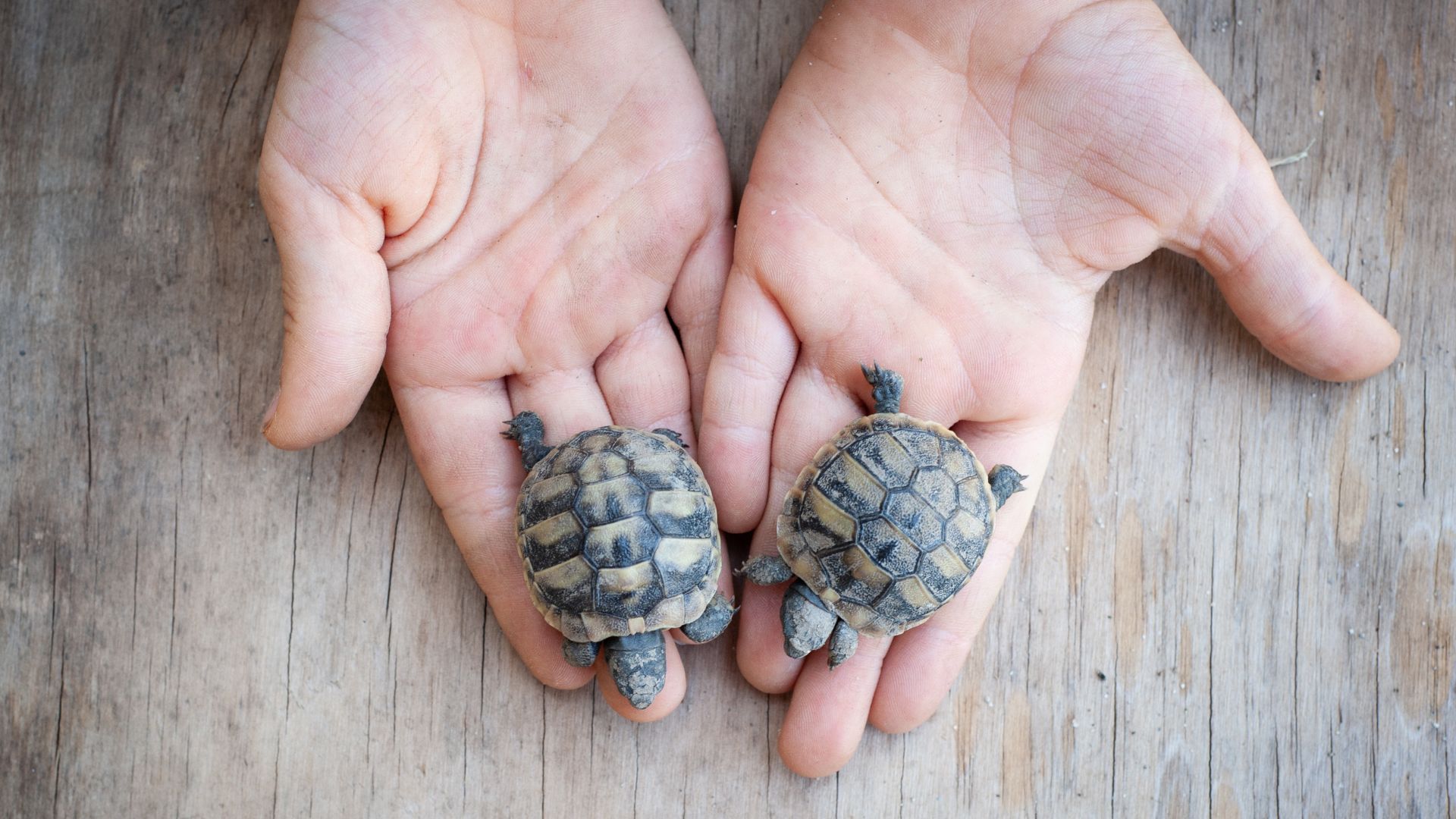
The fascinating world of animals never fails to amaze me. Their appearances and sounds sometimes make them even seem unreal.
What fascinates me even more are creatures so tiny they could fit in the palm of your hand. Some are so small they are almost impossible to discover.
I’m sure being this size isn’t easy. Just imagine what we look like from their perspective, probably like real-life Godzillas.
1. Bee Hummingbird
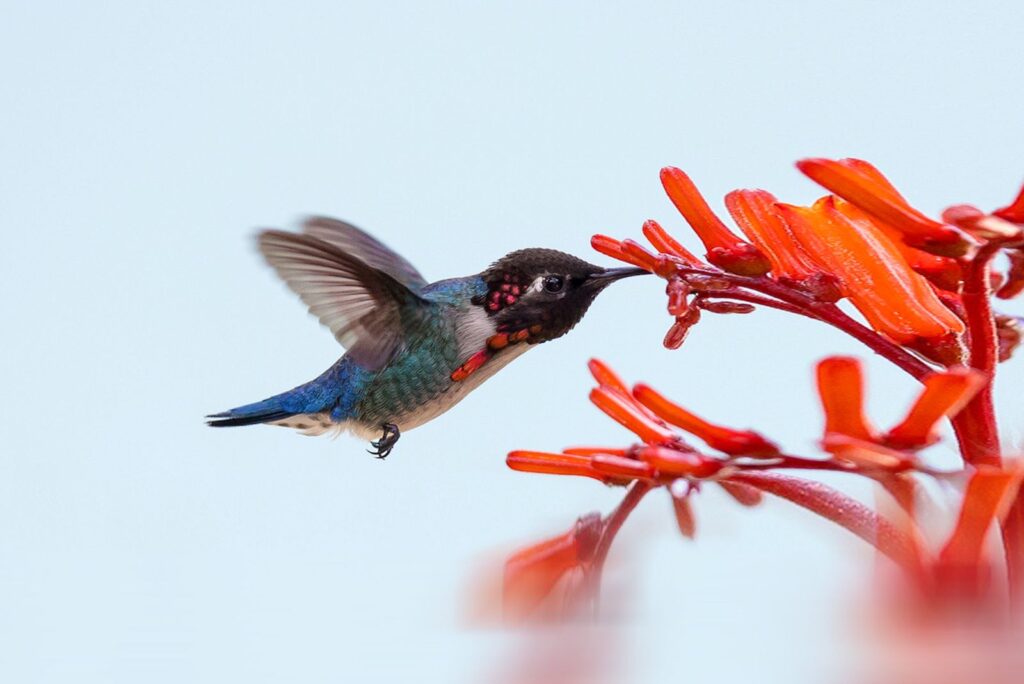
Can you imagine a bird so tiny that it measures only 2–3 inches in length? It almost seems like something out of a fairy tale, doesn’t it? But these remarkable birds are very real! Despite their miniature size, they lead vibrant lives, flitting gracefully through their tropical habitats.
Weighing no more than a dime, these delicate creatures are officially recognized as the smallest living birds, a feat that is as fascinating as it is adorable.
And here’s the most astonishing part: their eggs are about the size of a coffee bean, so tiny that it’s hard to believe they could even contain a future bird. These miniature marvels call the Caribbean home, where they thrive in warm, lush environments.
They sustain themselves on a diet of flower nectar and small insects, playing a crucial role in pollination and maintaining the delicate balance of their ecosystem.
Although they’re miniature in size, their presence is anything but small. These birds buzz around like tiny jewels, their bright colors and quick movements adding a touch of magic to the Caribbean skies.
And who knows? Maybe their swift, precise flights keep the legendary Caribbean pirates in check, ensuring that nature always reigns supreme. It’s a delightful thought that such a small creature could have such a big impact on its world.
2. Kitti’s Hog-Nosed Bat
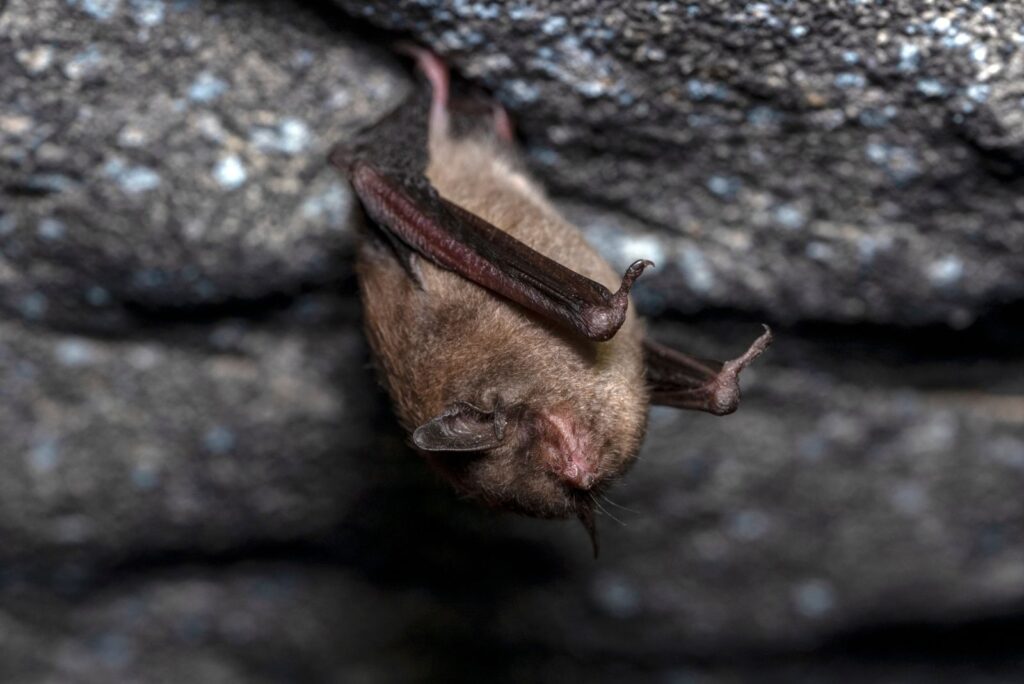
Bats may not be everyone’s favorite creatures, but the Kitti’s Hog-Nosed Bat, also known as the “bumblebee bat,” is fascinatingly unique. Measuring just 1.3 inches in length, these tiny bats are among the world’s smallest mammals, weighing less than 2 grams—about the same as a penny.
Their miniature size and delicate wings make them look almost unreal, like something out of a fantasy world.
Despite their size, these bats are surprisingly skilled hunters, surviving on a diet of flies and other tiny insects. They are also one of the rarest bat species, with their populations limited to a few limestone caves in Thailand and Myanmar.
Their rarity, combined with their diminutive size, makes them a true marvel of nature.
While their tiny, pig-like noses and small stature might seem freakish to some, they are a critical part of their ecosystem, helping control insect populations.
Whether you find them fascinating or a bit creepy, there’s no denying that the Kitti’s Hog-Nosed Bat is an extraordinary example of nature’s ability to create animals perfectly adapted to their niche.
3. Brookesia Nana
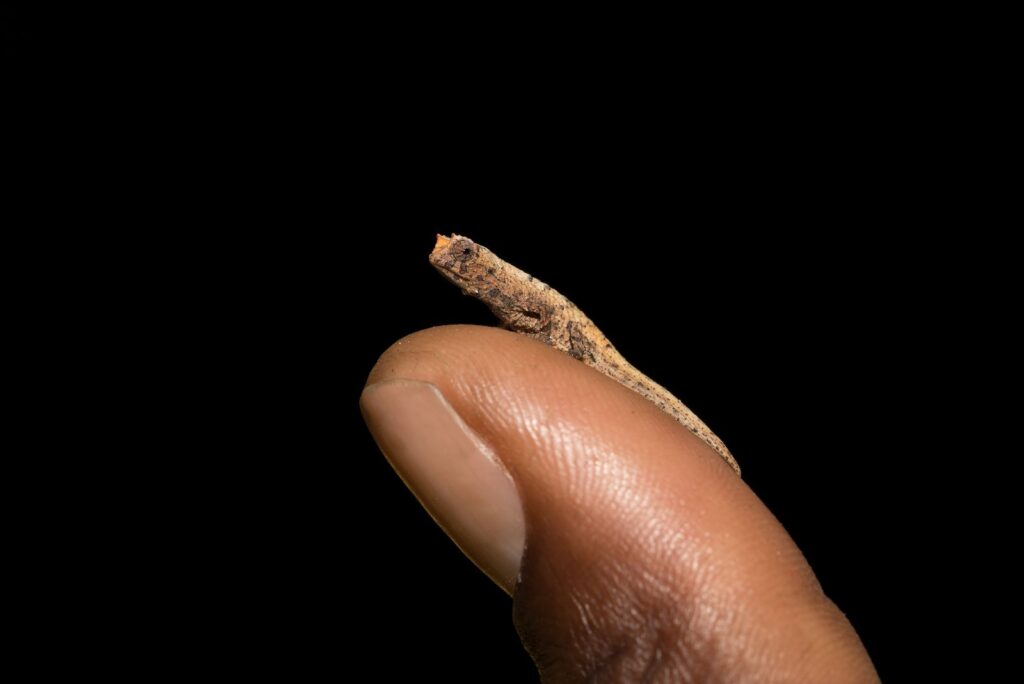
Often referred to as the “nano chameleon,” this tiny creature certainly lives up to its name! Unlike its more colorful relatives, the Brookesia nano does not possess the ability to change colors, but it has its own claim to fame—it’s one of the smallest reptiles in the world.
This miniature marvel measures roughly the size of a sunflower seed, making it almost unbelievable to imagine such a tiny creature navigating its environment.
Males of the species are particularly small, reaching only about 0.87 inches in length, while females are slightly larger at around 1.1 inches. To put that in perspective, you could easily balance one of these chameleons on the tip of your finger!
Their diminutive size makes them incredibly unique, but also challenging to study. The discovery of this species is relatively recent, so there’s still much to learn about their behavior, habitat, and role in the ecosystem.
What we do know is that Brookesia nano is found exclusively in Madagascar, residing in forested areas where their tiny size allows them to blend seamlessly into their surroundings.
Despite their small stature, these chameleons are a fascinating reminder of nature’s diversity and ability to produce life in all shapes and sizes. With more research, who knows what other secrets this nano chameleon might reveal!
4. Jaragua Gecko
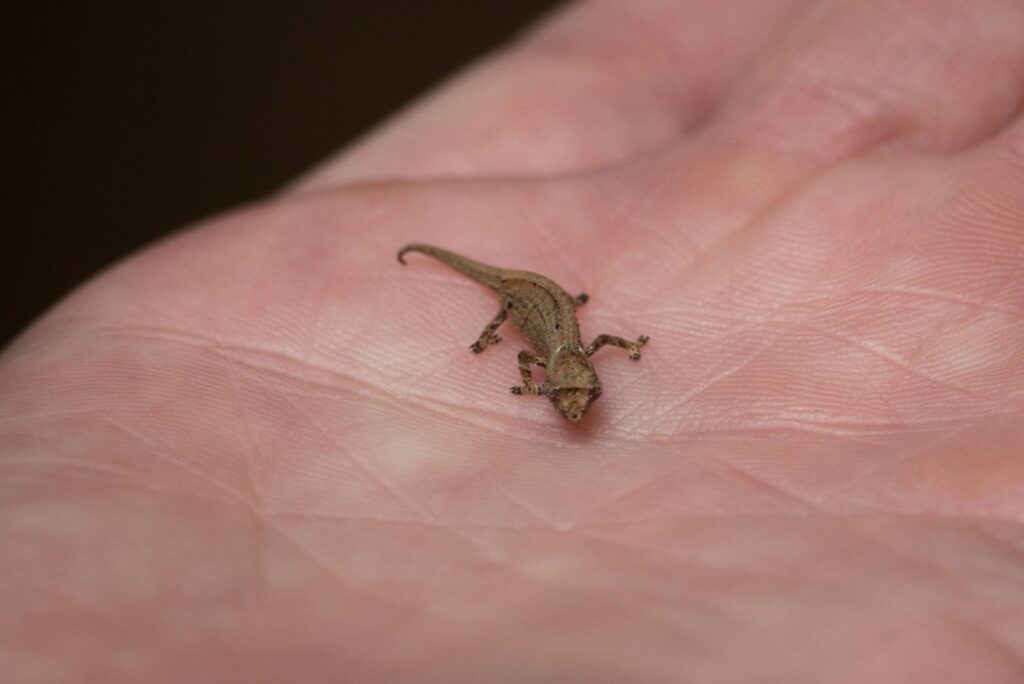
Take a look at the Jaragua Gecko, the world’s smallest known reptile! This tiny marvel of nature is truly a sight to behold, with a size so miniature it almost defies belief.
Measuring only 0.55 to 0.71 inches in length, this gecko can easily fit on a 25-cent coin, making it one of the most astonishingly small creatures in the animal kingdom. Imagine holding such a tiny lizard in the palm of your hand—it’s like having a living, breathing micro-reptile!
Part of the soft-skinned and insect-eating Caribbean geckos, the Jaragua Gecko is found exclusively on a few small islands in the Dominican Republic and Haiti.
Its diminutive size makes it perfectly adapted to its environment, allowing it to thrive in the crevices and undergrowth of its habitat. However, its tiny stature also makes it incredibly vulnerable to predators, as it can easily become a snack for larger animals.
Little is known about how many of these tiny geckos exist, adding to their mysterious allure. Despite their size, they play an important role in controlling insect populations within their ecosystem.
The Jaragua Gecko is a remarkable example of nature’s ability to create life in the most compact and efficient forms. Yikes, indeed—being so tiny in a big world is both awe-inspiring and a little nerve-wracking!
5. Fairyfly
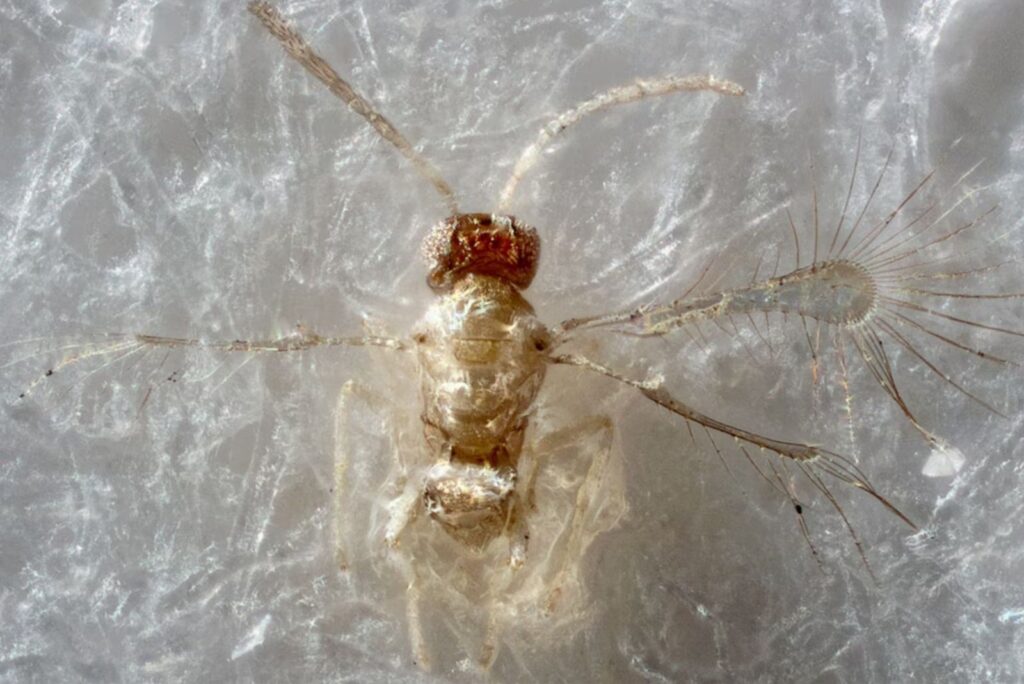
Brace yourself for the world’s smallest known insect: the Fairyfly, also called Mymaridae. These unbelievably tiny creatures measure a mere 0.020 to 0.039 inches in length—so small that they’re almost impossible to spot with the naked eye.
To put that into perspective, they’re smaller than the period at the end of this sentence!
Found in subtropical and tropical regions, Fairyflies are delicate, almost otherworldly insects with bodies that are usually black, brown, or yellow. Their wings are perhaps their most fascinating feature—they appear feather-like, almost resembling hairy antennas, and are adapted to their microscopic size.
Despite their miniature stature, Fairyflies are fully functional insects, living out their short lifespans with remarkable efficiency.
Speaking of lifespan, their time as adults is fleeting, typically lasting just a few days. In that brief window, they manage to find mates and lay eggs, perpetuating their species.
Although their tiny size might make them seem less intimidating, just the thought of invisible bugs zipping around adds a whole new level of creepiness. As if the visible ones weren’t enough to worry about, now we’ve got to think about the ones we can’t even see!
6. New Guinea Amau Frog
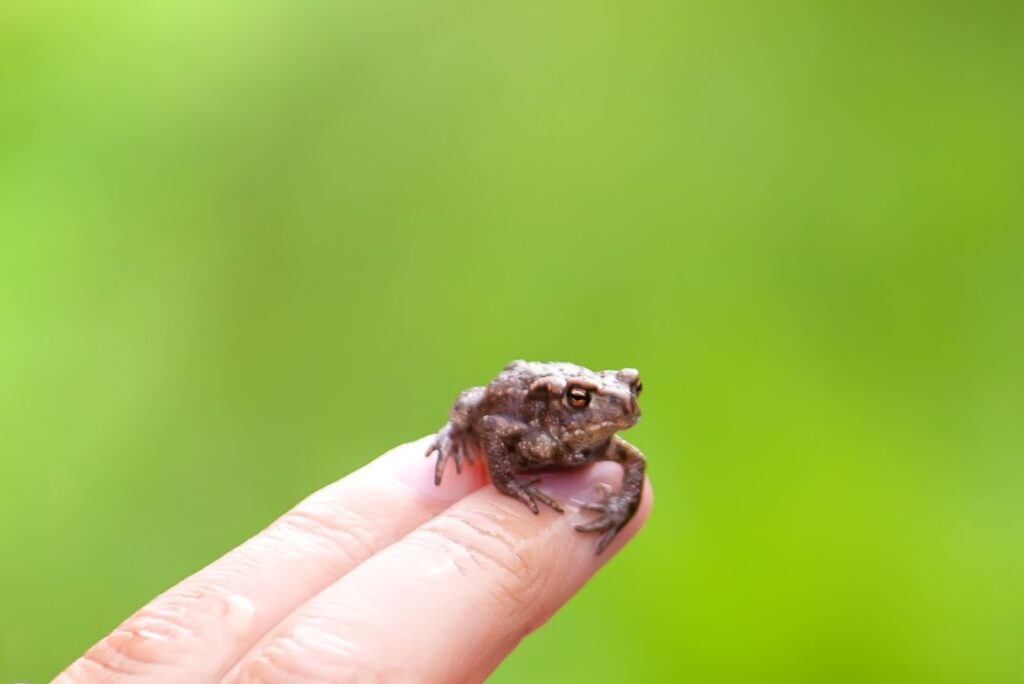
Meet the New Guinea Amau Frog, the world’s smallest known frog, measuring an astonishingly tiny 0.27 inches in length—about the size of a housefly! It’s almost unbelievable to think of a frog so small that it could comfortably sit on the tip of your finger.
Despite their miniature size, these frogs are perfectly adapted to their environment on the rainforest floor of New Guinea, where they spend their days hunting ants and other tiny insects.
Finding these frogs is no easy task, as their small size makes them nearly invisible to the naked eye. Scientists rely on their high-pitched calls to locate them, but even that can be challenging since their calls are faint and easily lost among the cacophony of the rainforest.
The effort is well worth it, though, as these tiny amphibians offer fascinating insights into the diversity and adaptability of life in the rainforest.
What’s even more impressive is their jumping ability—these frogs can leap up to 30 times their body length, making them incredible little athletes in their miniature world.
Their size may make them vulnerable to predators, but their agility and well-camouflaged existence ensure their survival in the dense undergrowth. The New Guinea Amau Frog is a remarkable example of how even the smallest creatures can leave a big impression!
7. Pygmy Rabbit
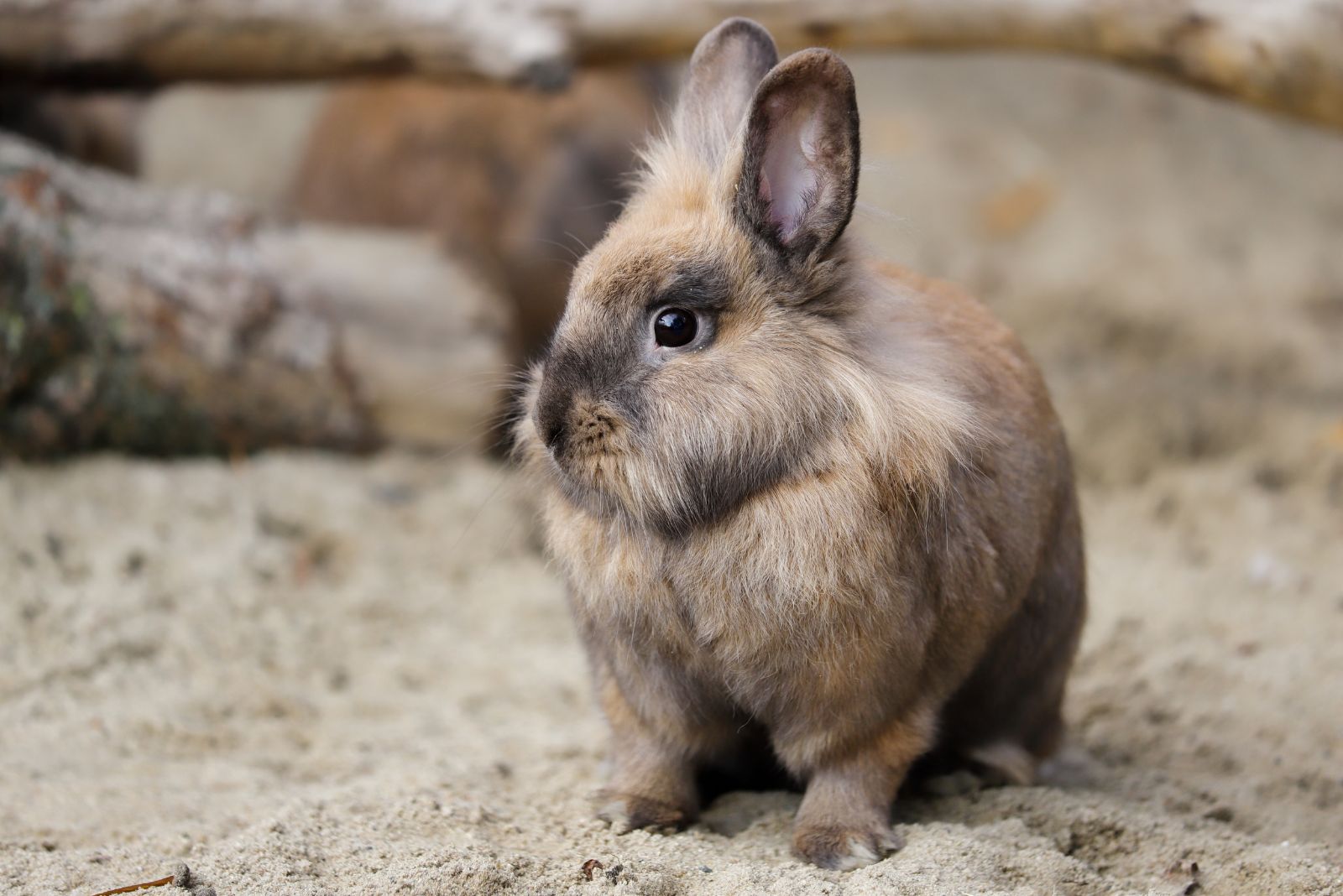
The Pygmy Rabbit is an extraordinary species known for its diminutive size, making it the smallest rabbit in the world. Adults typically weigh less than 1 pound and measure only 9–12 inches in length, making them small enough to comfortably fit in the palm of your hand.
Their tiny stature is especially notable when compared to other rabbit species, which can be two or three times their size. Pygmy Rabbits are found in the shrublands of North America, where their petite size helps them navigate dense vegetation with ease.
Despite their tiny bodies, they are fully functional rabbits with all the energy and charm of their larger relatives. Their soft fur and delicate features make them look like something out of a storybook, and their size only enhances their cuteness.
However, their tiny frames also make them vulnerable to predators, so they rely on their burrowing skills and the cover of sagebrush to stay safe in the wild.
8. Speckled Padloper Tortoise
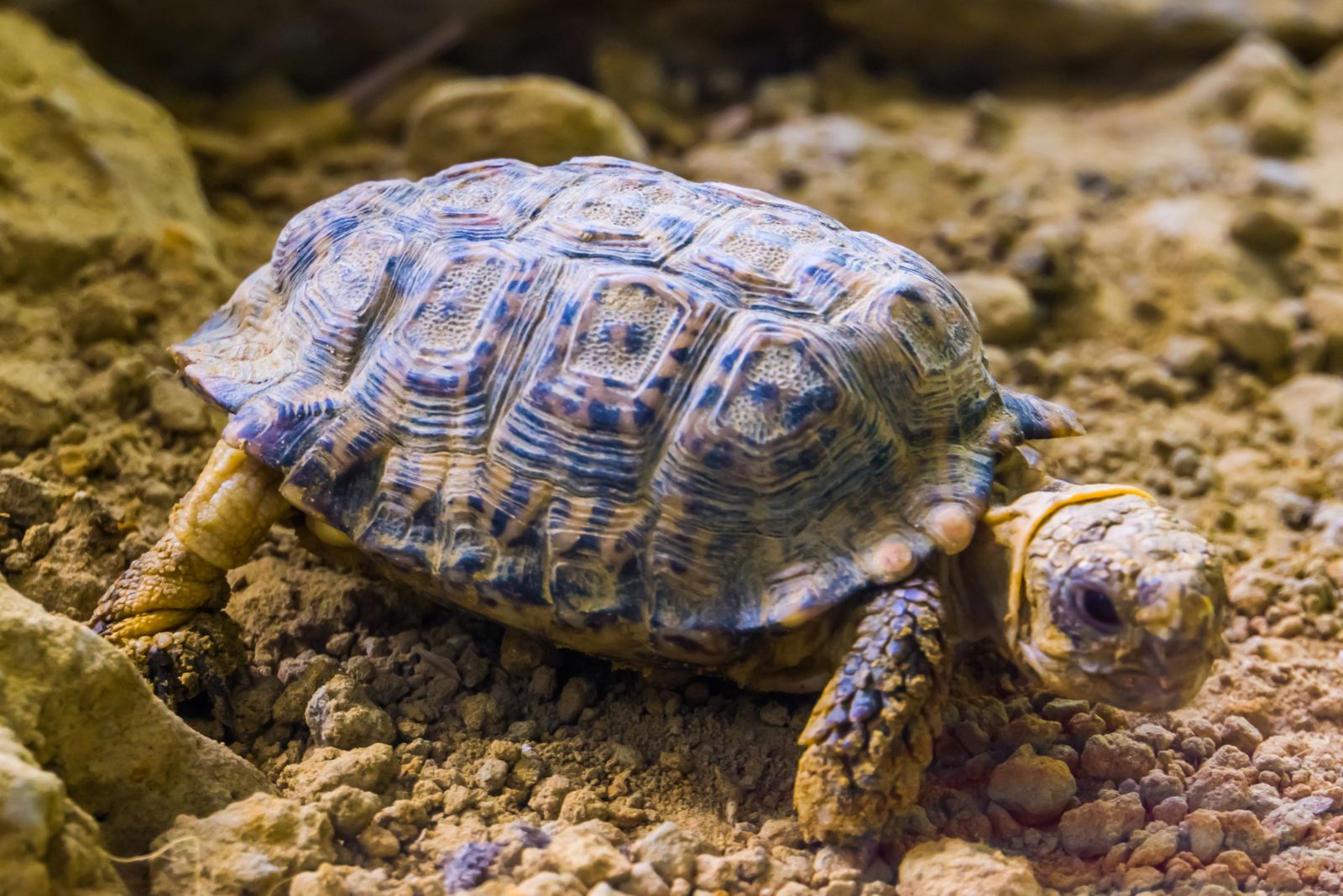
The Speckled Padloper Tortoise, native to South Africa, is the smallest tortoise species in the world, with an adult size of only 3–4 inches. These tiny tortoises weigh just a few ounces and can easily fit into the palm of your hand, making them a marvel of miniature evolution.
Their compact size is perfectly suited to their rocky habitat, allowing them to hide easily among crevices and avoid predators. The speckled pattern on their shells provides excellent camouflage, blending seamlessly with their environment.
Despite their small size, Speckled Padlopers are fully capable of carrying out the typical behaviors of tortoises, such as foraging for food and basking in the sun. Their tiny, intricate features make them fascinating to observe, and their delicate appearance adds to their charm.
However, their small size also means they are at risk from habitat loss and collection for the pet trade, making conservation efforts critical for this unique species.

